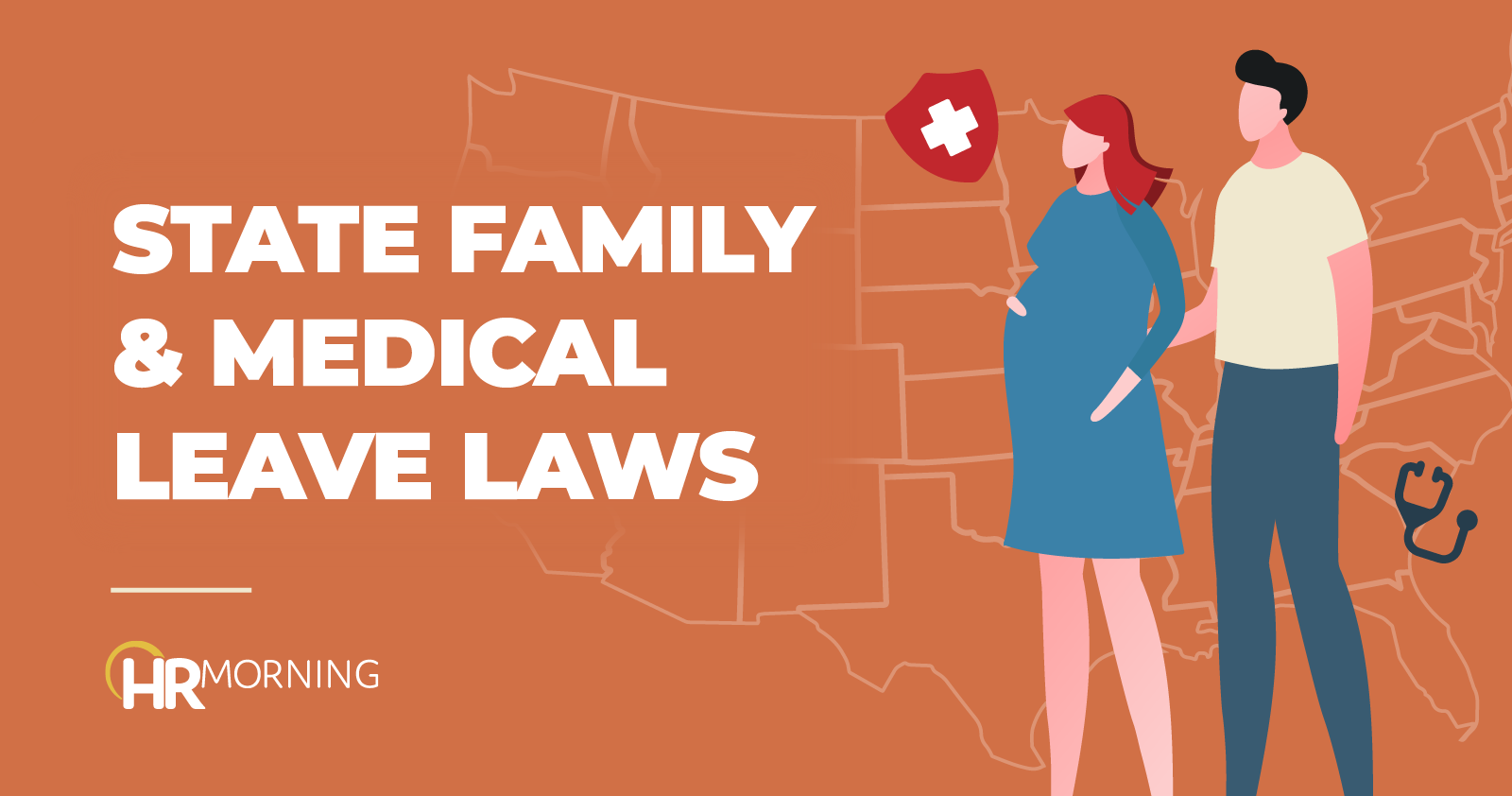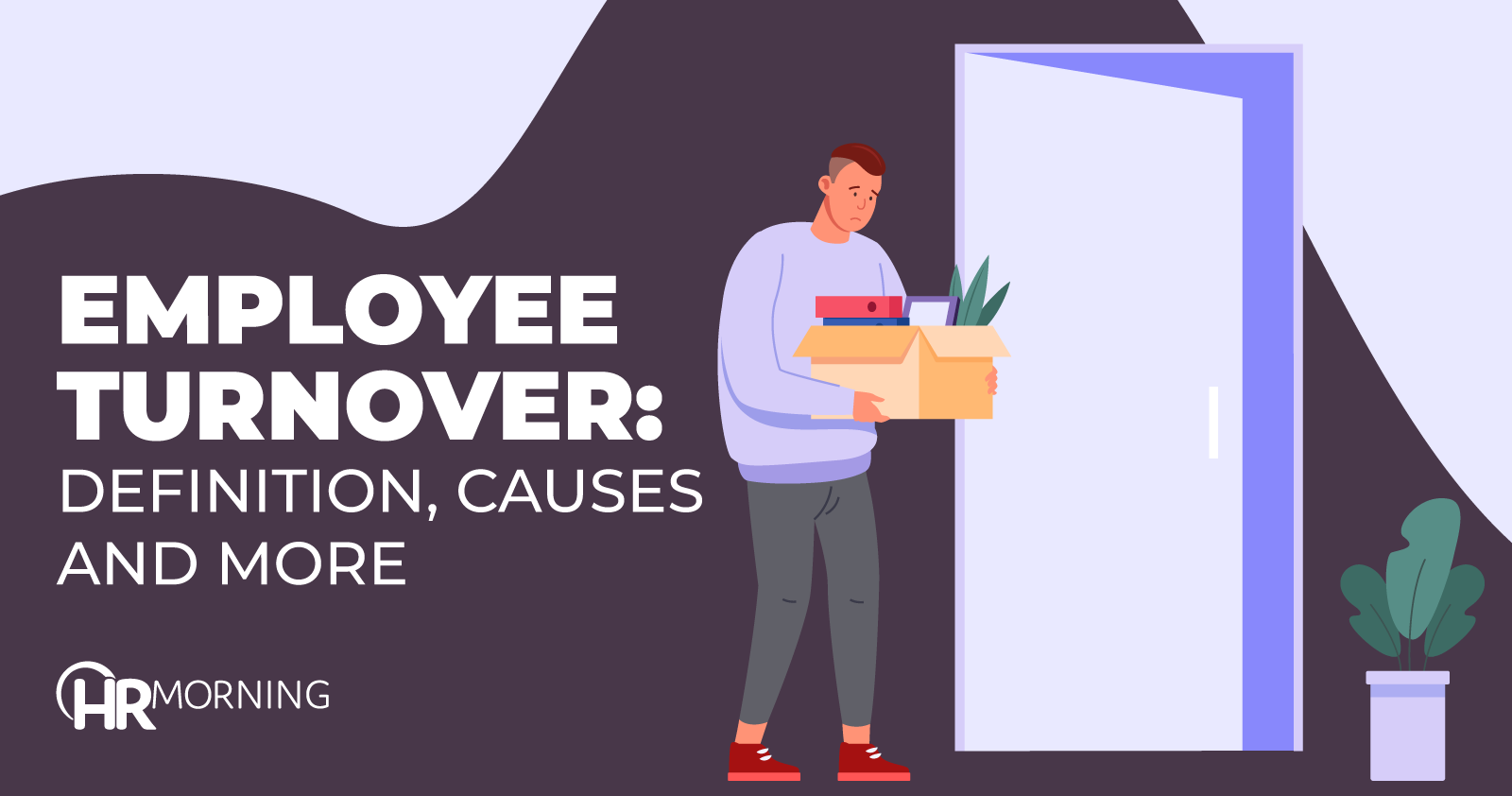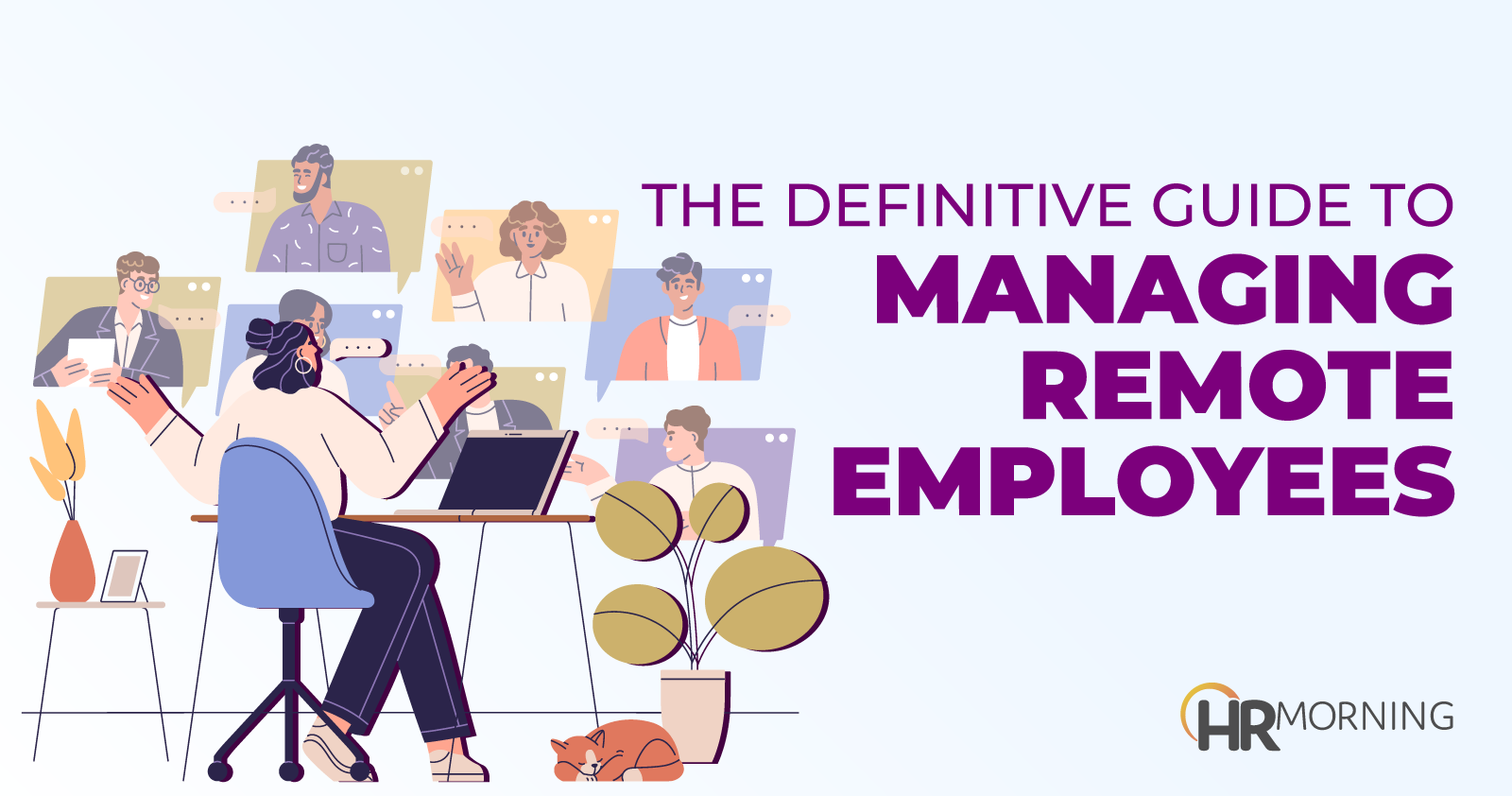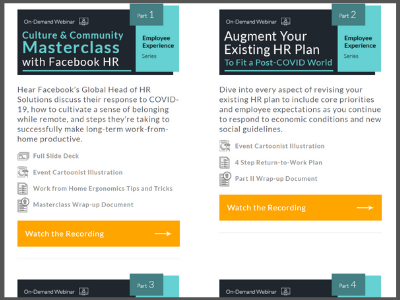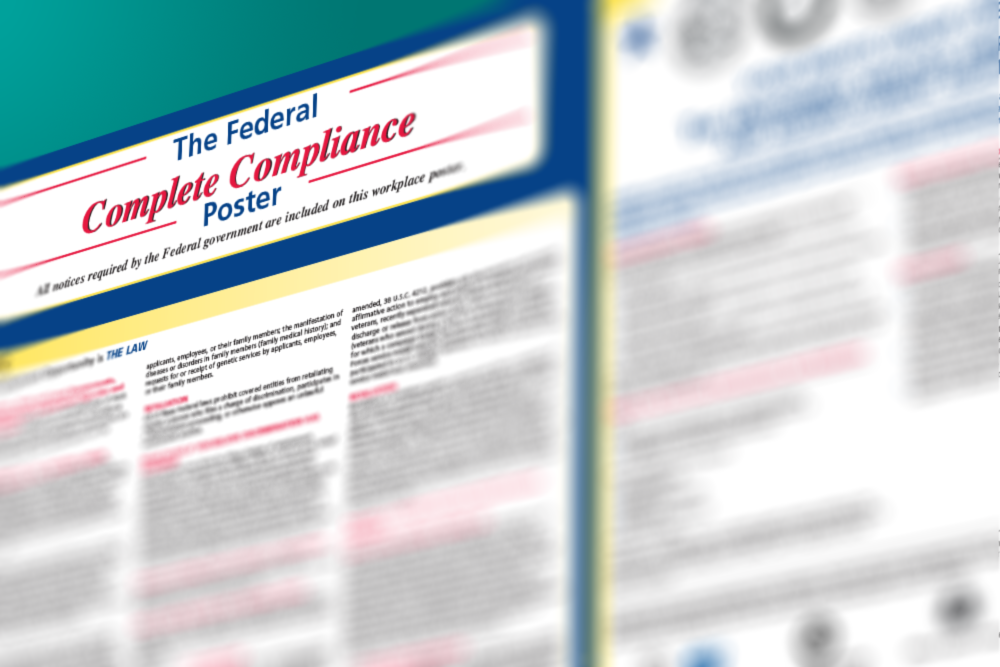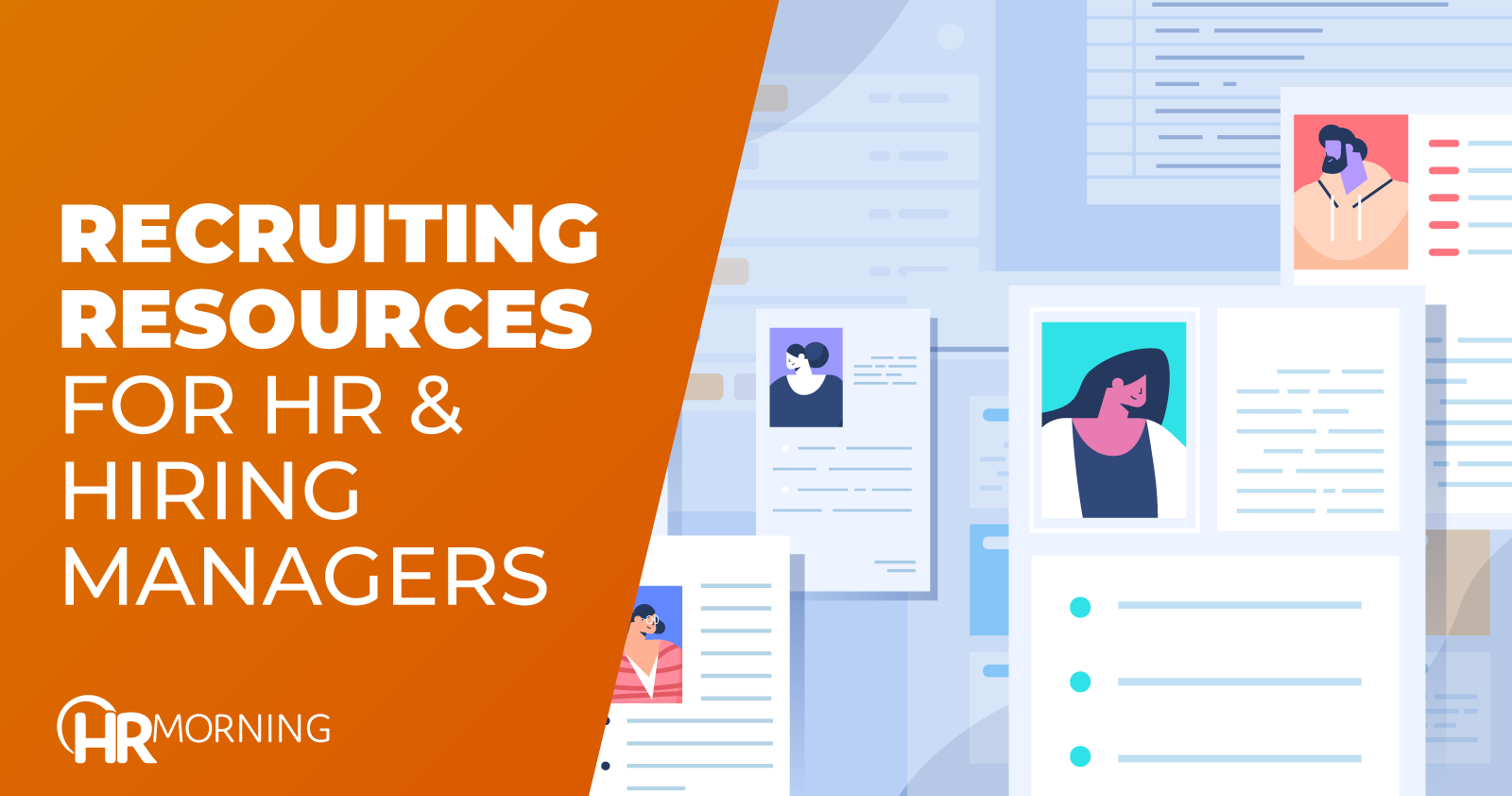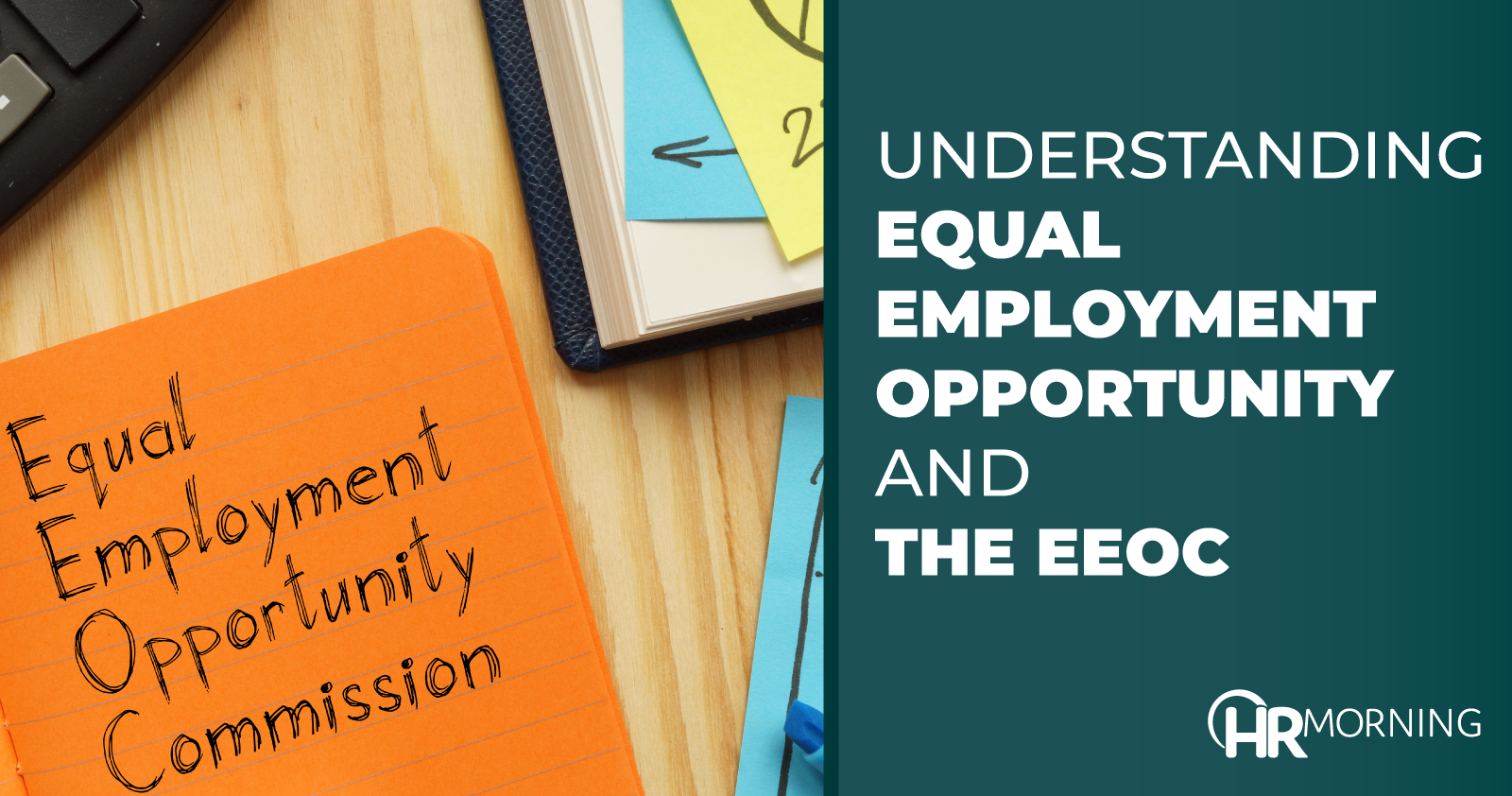State Family & Medical Leave Laws
Click on the map to explore state and selected local family and medical leave laws. image/svg+xml This page was last updated on August 29, 2023. It presents an expansive list of state and local laws governing family and medical leave but is not intended to serve as an exhaustive list of all applicable family and…
